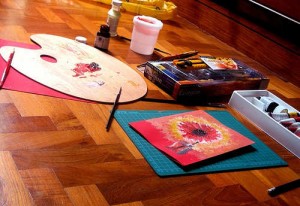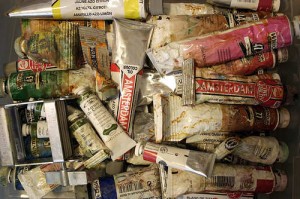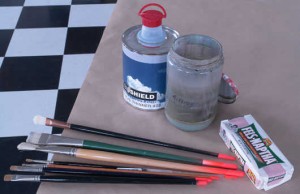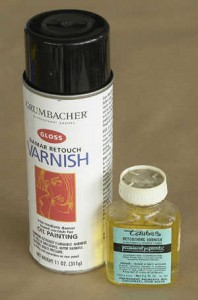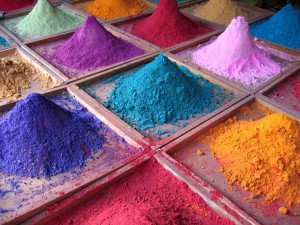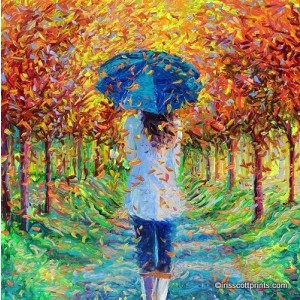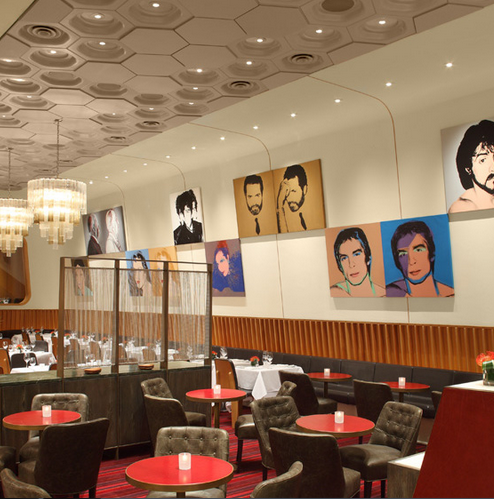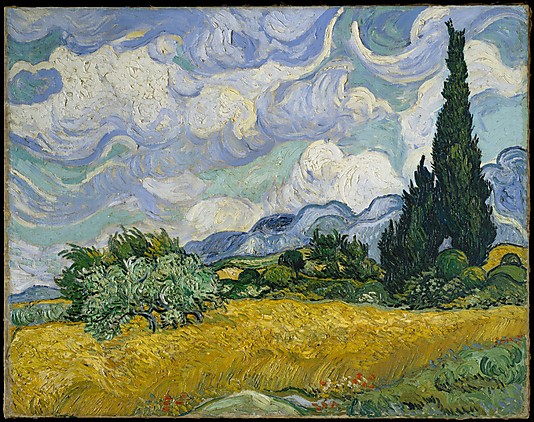
Where to Get Custom-sized Canvases?
At CanvasLot, we understand the importance of a canvas that complements your artistic vision. Our hand-stretched, custom-sized canvases are designed with the artist in mind, providing a blank slate for your imagination to unfold.
Why buy canvases from CanvasLot?
- Custom-sized canvases. Our canvases can be custom-sized according to your needs. We offer small canvases for your minis and large canvases of up to 12ft.
- High-quality surface. Our canvases have a sturdy and durable surface that can withstand the rigors of the painting process, including multiple layers of paint, blending, and reworking. This durability ensures that your artwork will stand the test of time without warping or deteriorating.
- Any stretcher bar depth. We offer many different stretcher bar depth (thickness) for your canvas. Order online and get your custom-stretched canvas with the exact size that you need.
- Hand-stretched to perfection. Our canvases are tightly stretched, especially in the corners, to give you the perfect tension when painting. You wouldn’t want your canvas to be sagging later and ruining your art.
- Heavy-duty wood frame. We provide high quality and tightly-stretched canvases supported by heavy duty solid wood frame. We’ve been working with artists to provide canvases that professionals and enthusiasts will love.
- Elegant reusable wood case with double wall cardboard. Protect and deliver the finished artwork to your clients in a professional wood frame case with double wall cardboard, custom built for the canvas. The wood case is also made from the same heavy duty hardwood and will last as long as the canvases come in it.
- Back-stapled. All of our canvases are gallery-wrapped and back-stapled for a classic and elegant look. The canvas is tightly stretched and folded over the frame and is secured with staples on the back.
- Free shipping. We deliver nationwide for free!
Looking for a canvas that reflects your unique style? Check out our website, Canvaslot.com, where we offer custom-sized canvas options tailored specifically to your preferences.


